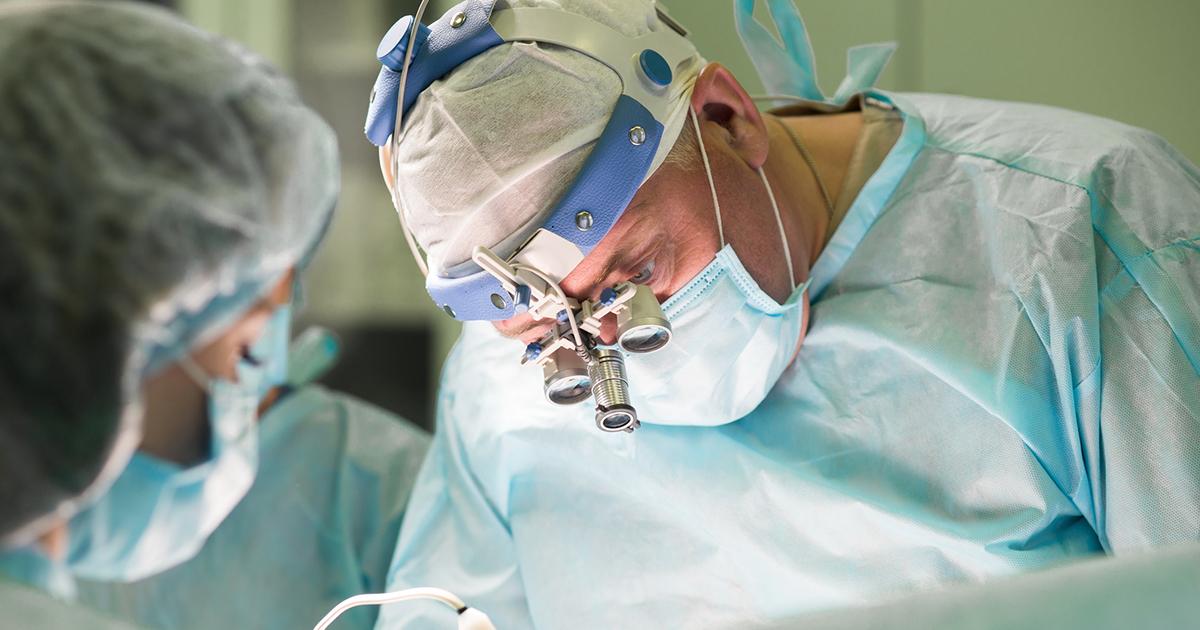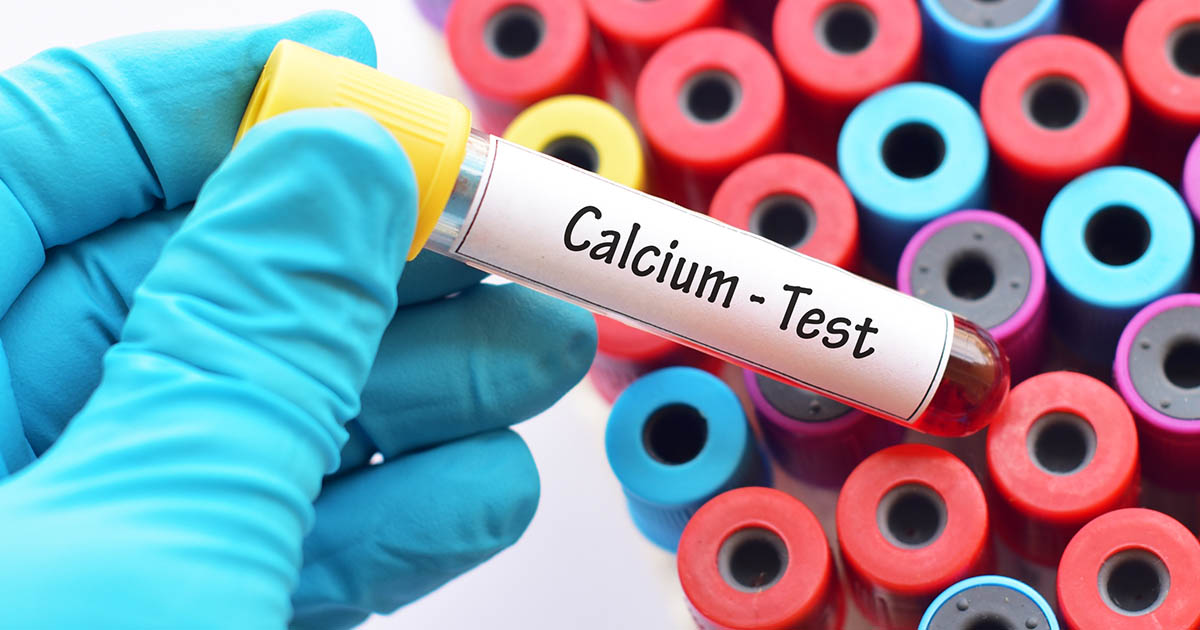How To Treat Moyamoya Syndrome
Moyamoya syndrome is a rare, progressive neurological disorder caused by the constriction of the two major arteries responsible for supplying blood to the brain. The constriction and blood clots block the flow of blood and triggers strokes. A network of tiny blood vessels develops around the arteries to compensate for this blockage and reduced flow. This network resembles a puff of smoke, hence the name 'moyamoya,' which is the Japanese word for a similar expression. These new vessels are usually incapable of compensating for the loss of blood, and temporary or permanent brain damage can occur. Prompt treatment of Moyamoya syndrome is essential because a major stroke can cause permanent loss of function.
Revascularization Surgery

Unfortunately, there's no cure for Moyamoya disease. However, surgery is often recommended to increase blood flow to the brain. Revascularization surgery is performed to bypass blocked arteries by using a direct or indirect method or a combination of both. Direct revascularization surgery increases blood flow to the brain immediately by stitching the scalp artery directly to a brain artery. There is a risk of complications with the direct method, including stroke.
Indirect revascularization procedures increase blood flow to the brain gradually over time. This type of surgery involves grafting tissue onto the surface of the brain. New blood vessels form over time for improved blood flow. The different kinds of indirect revascularization procedures include encephaloduroarteriosynangiosis (EDAS) or encephalomyosynangiosis (EMS). Surgeons can use these procedures to direct other arteries to replace the circulation of the affected arteries. New circulation is typically reestablished after a few weeks.
Continue reading to discover another treatment for Moyamoya disease now.
Blood Thinners

Anti-platelet medications known as blood thinners are used by Moyamoya syndrome patients to thin the blood. Doctors may recommend the use of these types of medication for asymptomatic patients or those with minor symptoms. Blood thinners work to prevent blood clots forming and decrease the risk of various types of strokes. The most commonly recommended anti-clotting medication is acetylsalicylic acid (ASA). The majority of patients take ASA on a daily basis for the rest of their lives. Acetylsalicylic acid is also beneficial to patients who undergo surgical procedures to treat the disease because the drug boosts blood flow through the transplanted tissue and promotes healing. However, ASA can aggravate existing stomach problems, so extra precautions may be necessary. In addition, birth control medication has been linked to blood clotting problems, so patients with Moyamoya disease should use alternative methods.
Keep going for more information on treatments now.
Anti Seizure Medication

The first symptom of Moyamoya syndrome is frequently a stroke. Adults usually suffer hemorrhagic strokes because of repeated occurrences of blood clots in the affected area., and children tend to experience recurrent ischemic attacks with immobility or weakness on one side of the body. These types of strokes are commonly referred to as 'mini-strokes,' and may be accompanied by seizures. Children with Moyamoya can suffer epileptic seizures from hyperventilation associated with the disease, in which case anti-seizure medication may be recommended. In cases where medications aren't able to manage the disease, surgery may be necessary for treating children with Moyamoya and absence epilepsy.
Continue for more ways to treat this condition now.
Calcium Channel Blockers

Calcium channel blockers are medications that help lower blood pressure by widening blood vessels. This kind of medication is sometimes used to treat patients with Moyamoya syndrome by helping dilate the narrowed blood vessels caused by the disease. Calcium channel blockers are also known as calcium antagonists and have been used successfully to reduce the risk of strokes, mini-strokes, and other symptoms associated with these conditions. Nicardipine and verapamil are two well known and effective medications in this category. These medications may also help with the severe headaches some patients experience throughout their illness.
Keep reading to learn about more treatment methods.
Therapy

Patients who suffer a Moyamoya-related stroke usually need rehabilitation to address the physical and psychological effects. A variety of symptoms can accompany a stroke in both children and adults, including paralysis or weakness on one side of the body or vision loss. A stroke can also cause cognitive decline, severe headaches, and seizures. Therapies for rehabilitation include occupational, physical, and speech therapy. These therapies can help patients recover lost functions so they can achieve the highest level of self-sufficiency. Cognitive behavioral therapy can be used to help patients suffering from emotional issues related to coping with Moyamoya disease, such as fears and uncertainties about the future.